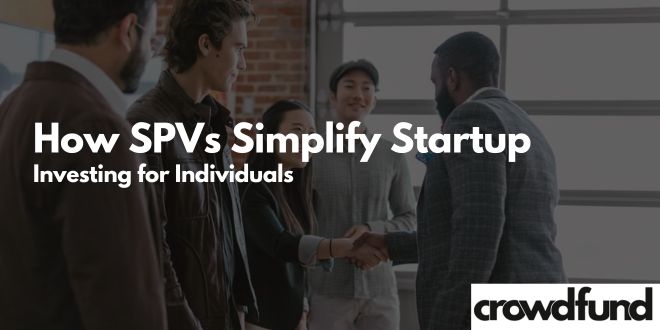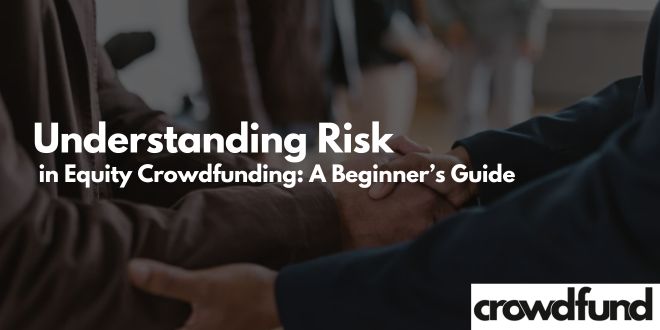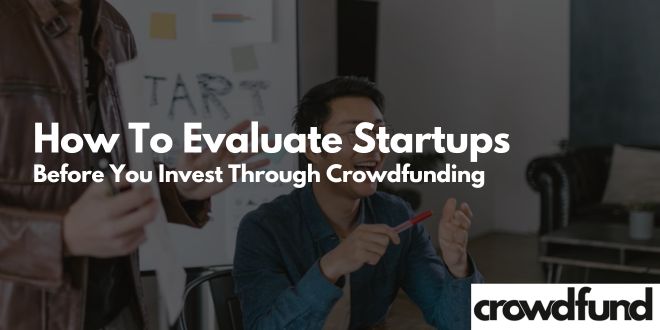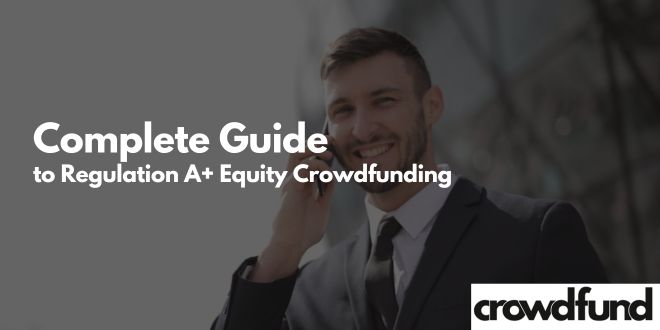Equity Crowdfunding has opened a door that, until a few short years ago, was bolted shut for the average person. Instead of needing deep pockets or a Rolodex full of venture-capital contacts, nearly anyone can now buy a stake in a promising young company with just a few clicks. For founders, it creates a direct line to backers who double as early brand ambassadors.
For investors, it offers a chance—though never a guarantee—to participate in the kind of growth stories that were once reserved for institutional players. Before you dive in, it helps to understand exactly how this funding model works, what sets it apart from more traditional routes, and what pitfalls to watch for along the way.
The New Frontier of Early-Stage Investing
The Basic Idea
At its simplest, equity crowdfunding pools smaller sums from a large number of individual investors, then trades that capital for actual ownership shares. Unlike donation-based or rewards-based campaigns, you’re not receiving a T-shirt or early access to a gadget; you’re buying equity that, in theory, can appreciate over time if the startup hits its milestones or eventually exits via acquisition or IPO.
How It Differs From Rewards Crowdfunding
- Real ownership instead of perks.
- Regulated by securities authorities, which means disclosure requirements for the issuing company.
- Post-campaign obligations: founders must update shareholders, hold annual meetings, and often provide financial statements.
- Potential upside (and downside) tied to the company’s long-term performance rather than a one-time product drop.
Why It’s Gaining Traction
Accessibility for Everyday Investors
Until the JOBS Act loosened U.S. securities rules, non-accredited investors had little chance to buy early-stage equity. Regulations now permit people of varying net-worth levels to chip in, within legally defined annual limits. Fractional minimums—often $100 or $250—mean you can ease in without committing a life-changing sum.
Benefits for Startups
- Capital injection without surrendering full control to a single VC.
- A built-in community that can test products, spread word-of-mouth, and offer feedback.
- Marketing momentum: a successful campaign signals traction to media outlets and later-stage investors.
- Diversified shareholder base, which can soften the impact if one big investor decides to sell out early.
Risks and Reality Checks
Illiquidity and Long Time Horizons
Shares bought through equity crowdfunding are usually locked up for years. There’s rarely a quick secondary market—so if you need cash in a pinch, you won’t find an easy “sell” button. Investors must be comfortable waiting five, seven, or even ten years before a liquidity event appears.
Startup Failure Rates
The brutal truth: most startups do not succeed. Even companies that hit their funding targets can stall out from mismanagement, market shifts, or plain bad luck. When that happens, your stake could spiral to zero. Treat each investment as money you might never see again.
How To Evaluate a Deal
Key Metrics to Consider
- Market Size: A company solving a niche problem in a tiny market leaves little room for scalable growth.
- Competitive Moat: Patents, proprietary tech, or a standout brand that fends off copycats.
- Traction: Revenue numbers, user counts, or signed letters of intent that prove real-world demand.
- Burn Rate and Runway: How quickly cash is spent versus how long before fresh funding will be needed.
- Founding Team: Experience, previous exits, complementary skills, and skin in the game.
Red Flags That Should Make You Pause
- Vague or inflated financial projections without underlying assumptions.
- Overly complex voting structures that give founders unlimited control and investors almost none.
- Excessive valuation compared with similar startups in the same space and stage.
- Opaque use of funds—if proceeds vaguely “support growth,” dig deeper into line-item budgets.
- Minimal or no explanation of exit strategy.
Getting Started the Right Way
Choosing a Platform
Reputable portals vet deals, require mandatory disclosures, and handle shareholder record-keeping. Compare fee structures, campaign success rates, and post-funding support services. Some platforms specialize in particular niches—clean tech, consumer goods, fintech—so pick one aligned with industries you understand.
Building a Diversified Portfolio
Spreading bets across multiple offerings cushions the blow if one or two fail. A practical rule of thumb is to treat each investment as a single tile in a larger mosaic rather than going all-in on a single headline-grabbing startup. Diversification applies not just across companies but across sectors and even stages of maturity.
Final Thoughts
Equity crowdfunding turns the traditional investment hierarchy on its head by giving ordinary people an early seat at the table. That democratization comes with both excitement and obligation. Do the homework, read the offering circulars, and remember that a glossy campaign page isn’t a substitute for rigorous analysis.
Approach each deal with healthy curiosity balanced by measured skepticism, and you’ll be better positioned to celebrate the winners—and stomach the inevitable misses—on your journey into this evolving corner of the investing landscape.






.png)